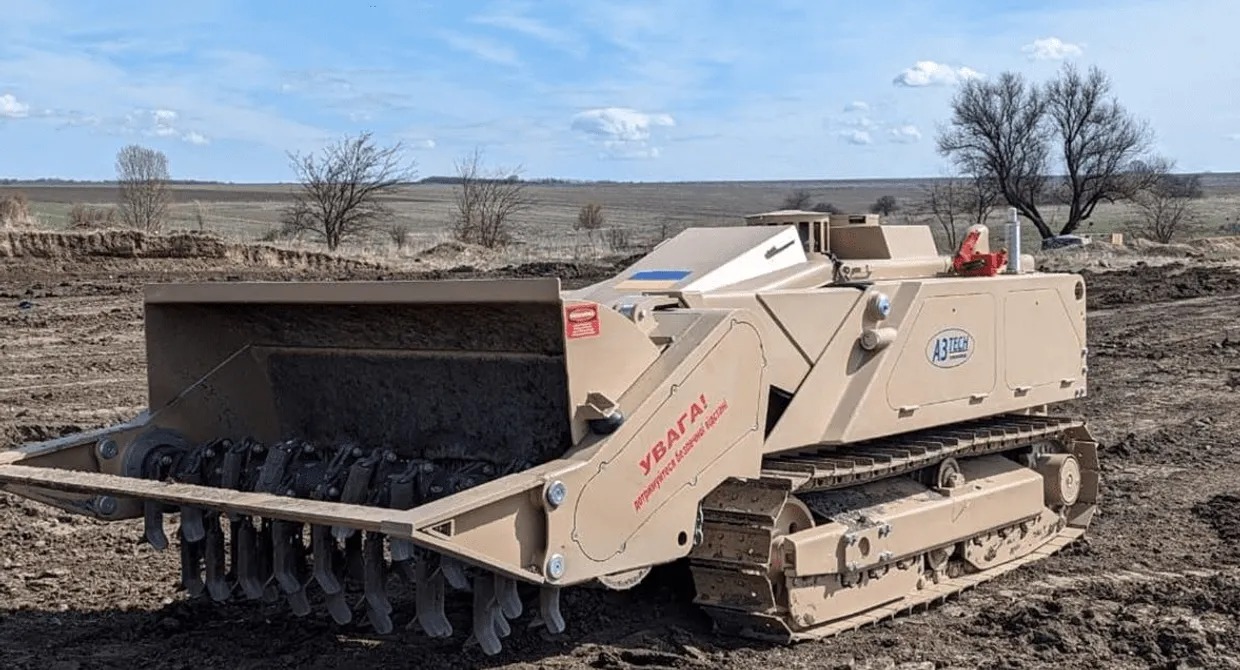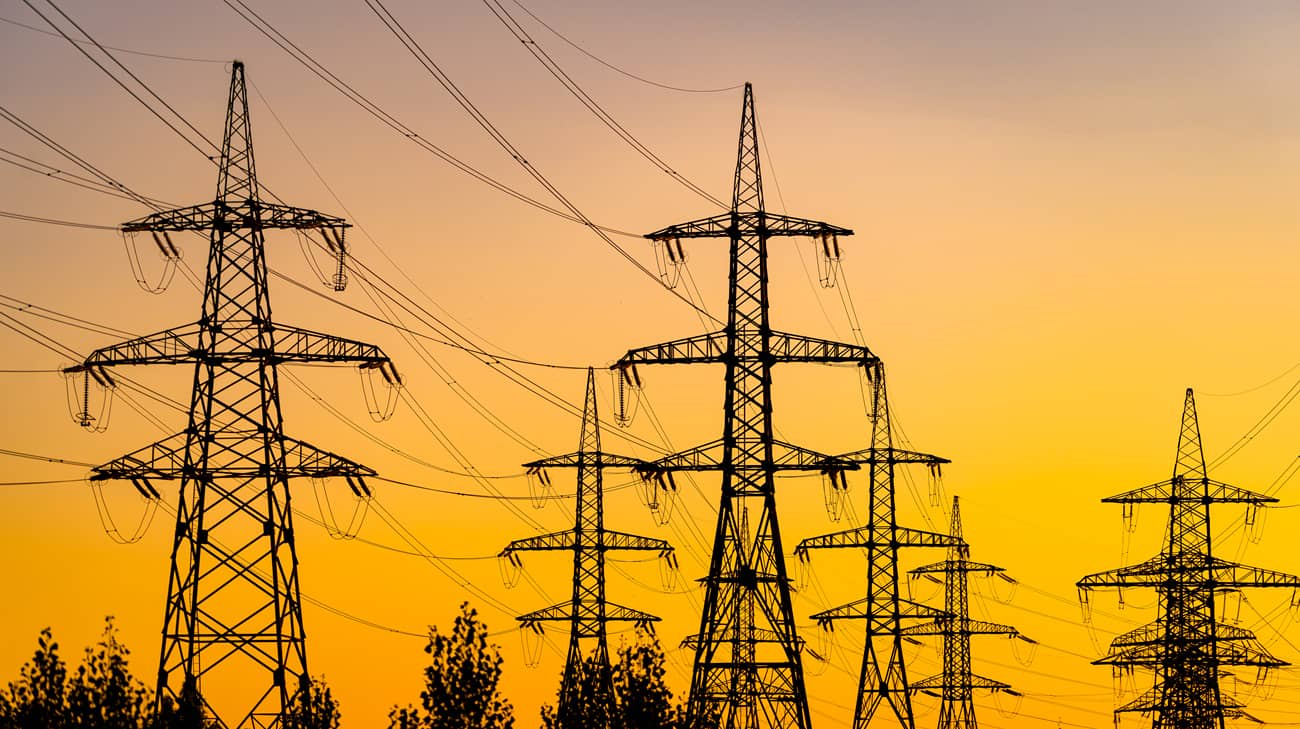Ukraine partially localizes production of Croatian MV-4 demining vehicle
Ukraine has localized the production of the MV-4 mine clearance vehicle at 15% and plans to increase this to 25-30% by year-end, enhancing demining efforts during the ongoing Russo-Ukrainian war.

Ukraine has made significant progress in localizing the production of the Croatian-made MV-4 light mine clearance vehicle, according to Ukraine’s Ministry of Economy. The MV-4 is a robotic demining and explosive ordnance disposal system that has undergone comprehensive testing and evaluation in Ukraine.
As of spring 2023, there were approximately 500 demining teams or up to 5,000 military engineers/deminers working in Ukraine. At this rate, it would take around 20 years to clear 4,700 km2. Assuming all 174,000 km2 of Ukrainian territory affected by combat is contaminated, it would take 757 years to clear all affected areas with such a human resource capacity.
The localization process, which is being carried out by the Ukrainian enterprise A3tech in collaboration with the Croatian manufacturer DOK-ING, is currently at 15%. However, the plan is to increase the level of localization to 25-30% by the end of the year., according to the report
The MV-4 demining machine was tested according to an experimental project developed by the Ministry of Economy and approved by Ukraine’s Cabinet of Ministers. This project aimed to establish mandatory certification for mechanized demining equipment, ensuring the highest standards of safety and performance.
MV-4 robotic system
MV-4 has reportedly proven its capabilities during these rigorous tests, which were conducted on various soil types, including sand, gravel, and black soil, as well as in areas with dense vegetation. Additionally, the machine underwent blast resistance tests, demonstrating its ability to withstand the detonation of up to 600 grams of TNT equivalent.
The MV-4 is known for its low profile and robust construction, making it highly resistant to the detonation of anti-personnel mines and unexploded ordnance. It can also withstand the explosion of anti-tank mines and has the capacity to clear an area of up to 1,500 square meters per hour. The machine is operated using a remote control with a range of up to 1,500 meters, allowing for safe and efficient demining operations.
Mine/UXO contamination
The localization of the MV-4 production in Ukraine is a significant step towards enhancing the country’s demining capabilities.
Read also:
- Media: Supplier for Ukraine’s army acquires Croatian hotels
- Ukraine’s Defense Ministry demining teams eliminated 4,599 explosive objects over past week
- Croatia transfers its all Mi-8 helicopters to Ukraine as military aid
- Ukraine tests mine-resistant boots to protect deminers on the frontlines
- Odesa blast techs detonate river mine discovered on seaside
- Kharkiv Oblast receives new domestic mine-clearance vehicle
- Ukraine demines half of farming lands designated for mine clearance
- 30% of Ukraine’s territory is mined, an area equal to two Austrias
You could close this page. Or you could join our community and help us produce more materials like this.
We keep our reporting open and accessible to everyone because we believe in the power of free information. This is why our small, cost-effective team depends on the support of readers like you to bring deliver timely news, quality analysis, and on-the-ground reports about Russia's war against Ukraine and Ukraine's struggle to build a democratic society.
A little bit goes a long way: for as little as the cost of one cup of coffee a month, you can help build bridges between Ukraine and the rest of the world, plus become a co-creator and vote for topics we should cover next. Become a patron or see other ways to support.



